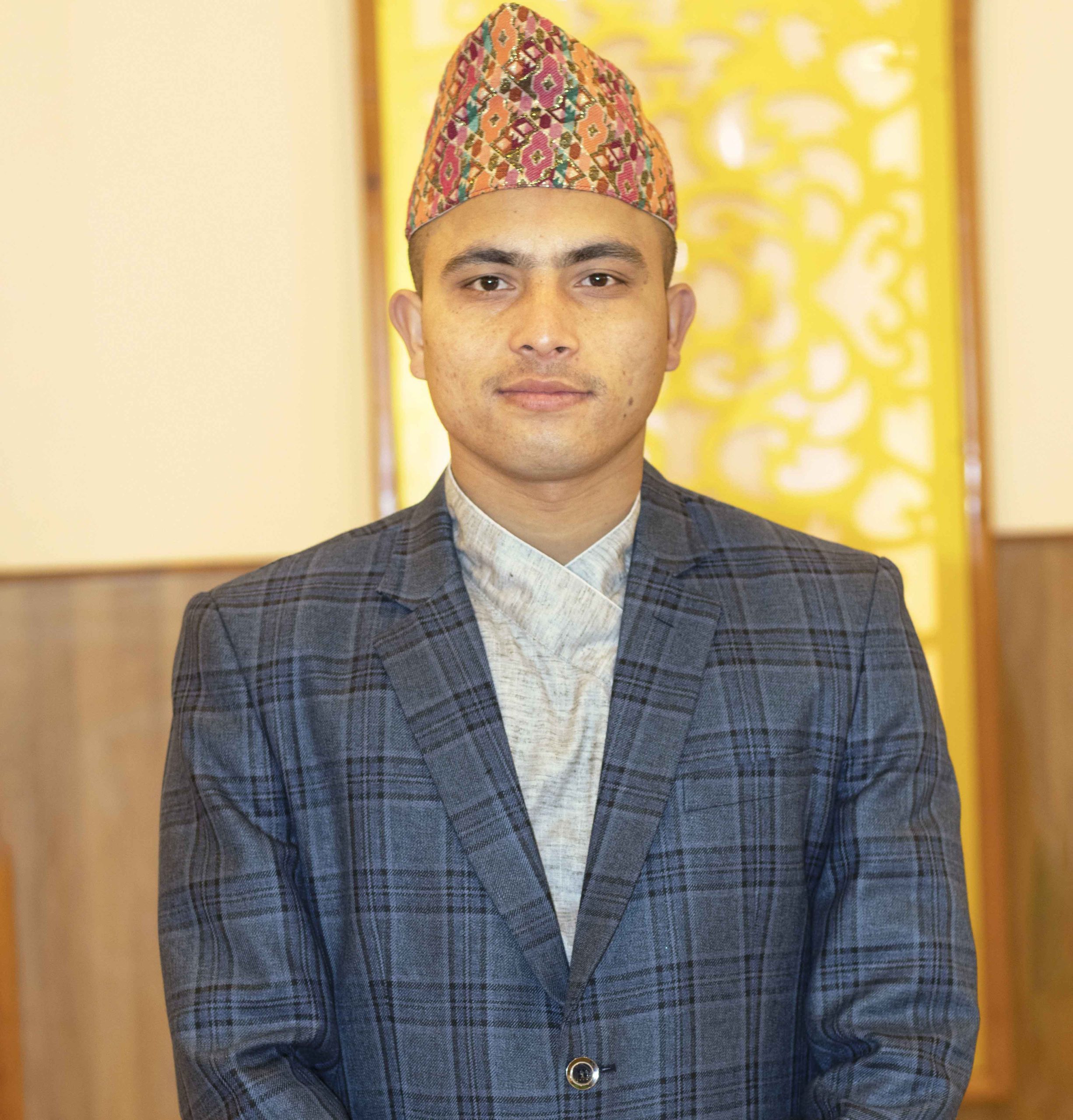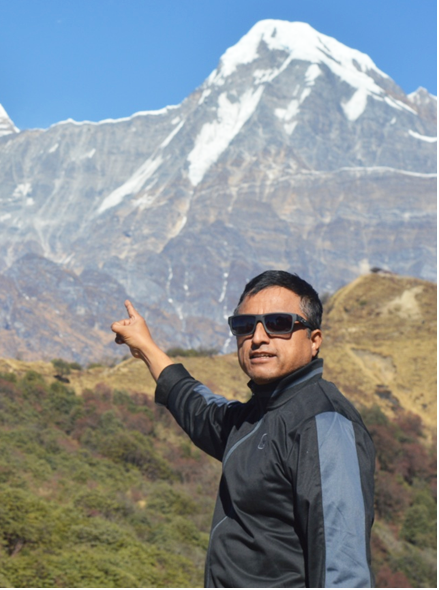Descending down from Namo Buddha, we drive down to Kavre Bhanjyang or direct down to Bakunde besi. It is very nice, interesting drive through many hill villages and can see wonderful views of the mountains and nice terraces. Bakunde besi is fast growing small commercial center of these area, here are many shops and local hotels.
From Bakunde besi, we leave B.P. highway and drive up to the Khardar Patti, Kanpur and then join with main Timal Ridge line at Kot Timal (1745m / 11.36 km from Bakunde). Kot Timal is settlement of Tamangs with a slight mix of other ethnic groups of Bahun Chhetris and Magars. The Tamangs here are considered to be the descents of Hrinjen Dorje. Kot Timal is considered to be the seat of Tamang Kingdom and mostly referred to the famous King Hrinjen Dorje.
After Kot Timal, we drive little bit further up through beautiful pine forest to beginning of Yangbel village. This village is situated on the top and offers beautiful mountain views, many hills, villages and 2 Rivers (Sunkoshi and Roshi). From last part of the village, we descend down to Ghelung Cave. There is very nice cement stairs all the way to the Cave (15 min). It is in very steep cliff, there are lots of prayer flags everywhere. Ghelung Cave (1811m) and Tongsum Kunda are the first two significant places where Guru Remporche had meditated many years before he went to Tibet. These ancient caves are also mentioned in Buddhist Holy Scriptures. There is a Guru Remporche’s shoe (Leg) in the beginning. The cave is very narrow. The cave has been lit up with a bulb which makes it easier for one to study the various religious images that have been carved on the walls inside including that of elephant, Bajra, drum, shell, sacred text etc. Crawling through an opening above will ultimately lead you to the top of the hill but very difficult. There is also a place to lit butter lamp where there are foot and hand print of Guru Remporche. Visitors from Tibet, India and Buddhists from all over Nepal come here to pay pray.
The Tongsum Kunda is in little bit further where Guru Padma Remporche is said to have drawn water from during his stay. According to local belief, when Guru became thirsty, he is said to have pierced with his stick through tantric power and thus sprang a spring of water.
From Ghelung Cave, we retrace to Yangbel and short drive to huge ground of Pokhari (1885m). This place is main center of Timal area and administrate center of Narayan Sthan Village Development Committee. Here are several government offices, Higher Secondary School, local health post, some local shops, and simple lodge and tea shops. Little bit further from here, there is another huge ground (1902m) surrounded by beautiful forest at the bottom of Narayanthan temple. There are some Stupas dedicated to Namo Buddha, Bouddhanath and Swayambhunath.
We climb for a while to Narayanthan Temple (1933m / 5 min), the most famous and auspicious religious temple of Timal region. The temple consists of statue of Lord Vishnu as well as Guru Rimpoche, it is beautiful place and surrounded by community forest. According to local belief, the king of Kathmandu once ordered to bring the statue of Narayan to his palace at any cost. On their way back the porters settled exactly where the temple is today for a night’s rest. The next morning Narayan told them that he liked the place and refused to go and since porters could not dare to return empty handed lest the King became angry, Narayan agreed to allow porters to cut his nose, left arm and the toes of his right feet and to hand them over to the King. Narayanthan Temple in Kathmandu is said to have been built afterwards using the same organs. Every year during the full moon of August, a huge festival takes place dedicated to God Narayan. Majority of Tamang and other ethnic groups gather in the Temple from Kavre and surrounding districts to pay respect to the God and fulfill their wishes.
From temple, we descend to the road and drive to Yari Nag (Rhorsaiba / 1853m). Yari Naag is third most important sacred site of Guru Remporche in Kavre, Timal region. According to Buddhist scripture, this place has been recognized as the place where Guru Remporche had battled with demon called “Yaksha Nagbo (black demon). Recently a big statue of Guru Rimporche has been built here. There is also a shallow ground where believed that there was a pond and lived a Nag. The pond is said to have dried and after then Nag left the water. This is beautiful place. Here are some local tea shops, a small monastery and many Stupas.
After this place, we drive along the ridge line for a while and then descend steeply down to the Roshi River there is small road but not bad. We drive through beautiful villages and after crossing the Roshi River, join with B.P. highway then drive to Nepal Thok to visit Dumja Shiva temple. Dumja Mahade Temple lies on the bank of Sun Kosi River and is a holiest shrine for Hindus dedicated to first Adhi Linga. The site, according to Hindu Mythology, was created by Bramha, one of the three supreme lords, during his meditation. The place is a reverential site among Hindus and especially Shiva followers.
After visit the Mahadev Temple we drive to Narke bazaar (40-50 min). It is very interesting and scenic drive along the side of Roshi River. From Narke, we can drive or walk for 30 minutes to Gimdi. Gimdi is divided into 2 parts, Sano Gimdi and Thulo Gimdi. This village is well known, famous of Timal area and very popular for Buddhist Stupa (Jyangchhup Chhorten), one of the oldest monasteries of Timal and ancient Hindu temples. The local people believe that the Bhimsen (powerful Hindu god) and Jyangchhup Chhorten are very powerful and protect the all people from all kinds of dangerous. And also these gods will fulfill all wishes.
The Jyangchhup Chhorten is situated at middle of 2 villages. This Stupa had believed to be built in same time with Namo Buddha. Here is constructing huge statue of Kashyap Buddha. The Hindu temples are also situated in middle of the 2 villages. This place is called Pandhero tole where are famous 3 cow headed taps, government lower secondary school and many Hindu temples. The taps and temples had built by Lichhavi and Malla kings between 11th to 18th centuries.
Trekking
Walking Hours:
,
Walking Distance:
Altitude
Elevation Gain:
,
Elevation Loss:




